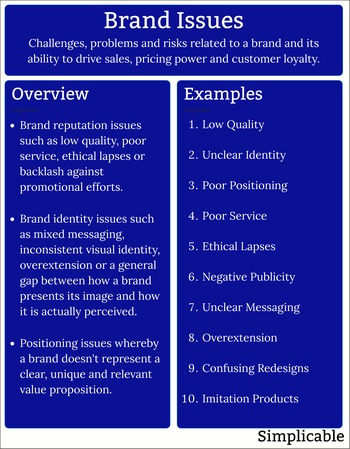|
| |
Business process mapping is the practice of identifying relationships between business processes and questions of who, why, what and where. It can be performed at the process level or down to the level of process steps. Business process mapping is commonly used as a tool of analysis, optimization, monitoring, reporting, improvement and project planning. The following are illustrative examples.
ProductA bank lists the product coverage for risk management processes. They determine that certain credit products were launched without adequate risk management capabilities.RoleA telecom company wants to speed up their order provisioning process. They map process steps to roles and prepare a monthly report that states the average time spent on each step and which team it was assigned to. Management uses the report to identify and address bottlenecks.
LocationA business maps its call center operations processes to its 12 locations in 7 countries as a step in business continuity planning. The business needs to understand what processes are impacted by an outage at each location.Business CapabilitiesBusiness capabilities are what a business does and processes are how things are done. It is very common to map these together for purposes of planning, reporting and monitoring. For example, a supply chain process provides business capabilities such as order sorting and customer deliveries. StrategyA mapping of processes to strategy is a useful tool for strategy planning and execution. For example, you might want to see which processes are impacted by a strategy to improve customer service. |
Type | | Definition | Mapping processes or process steps to elements of why, what, who and where. | Applications | | Related Concepts | |
Management
This is the complete list of articles we have written about management.
If you enjoyed this page, please consider bookmarking Simplicable.
A guide to management techniques.
A list of techniques for developing and implementing a strategy.
The basics of productivity.
A guide to project management.
The common types of internal benchmarking.
A definition of internal customer with examples.
A definition of business optimization with examples.
The common types of team objective.
A definition of internal stakeholder with examples.
An overview of the different types of management planning.
A definition of management with examples.
A list of business analysis techniques and deliverables.
The common types and formats of requirements.
The difference between business analysis and business architecture.
A few examples of common process gaps.
A definition of best in class with examples.
The common types of data analysis.
Common types of technical feasibility.
The common types of requirements elicitation.
A definition of requirements management with examples.
The common types of specification.
TrendingThe most popular articles on Simplicable in the past day.
Recent posts or updates on Simplicable.
Site Map
© 2010-2023 Simplicable. All Rights Reserved. Reproduction of materials found on this site, in any form, without explicit permission is prohibited.
View credits & copyrights or citation information for this page.
|

































